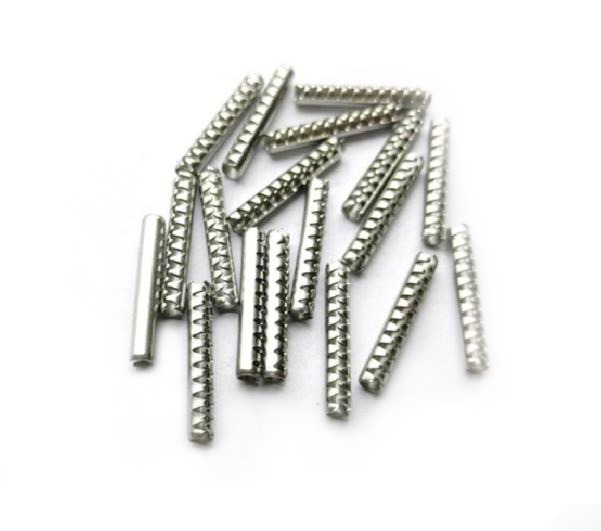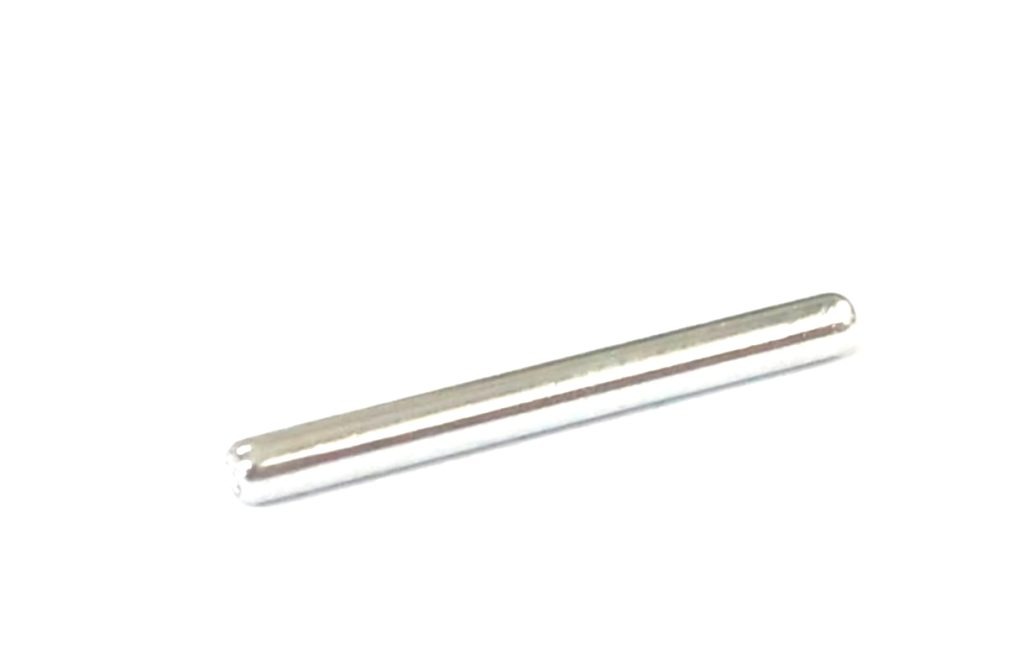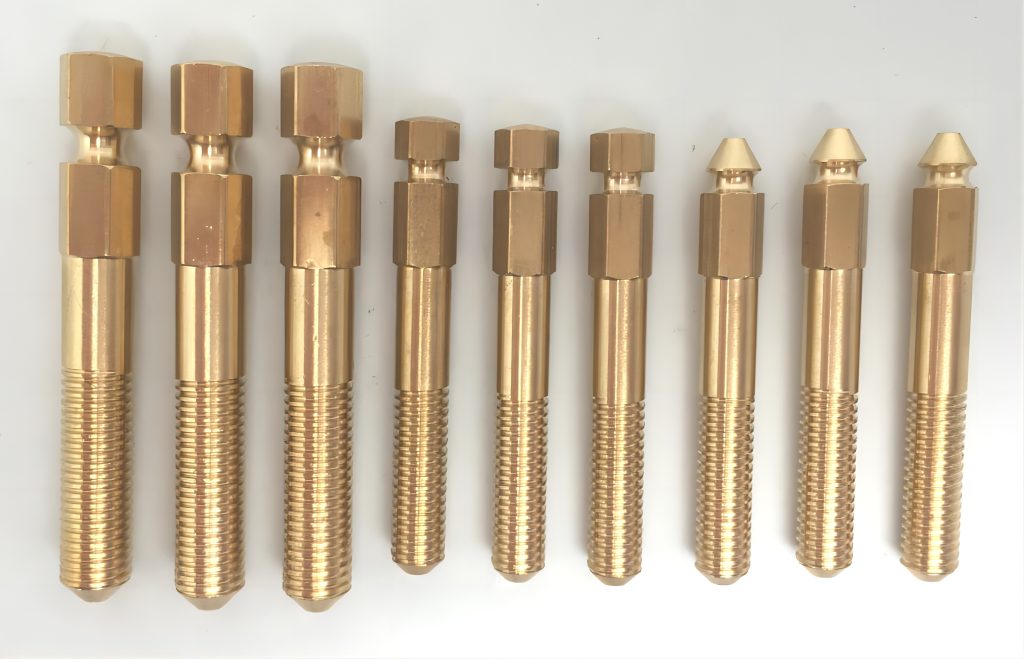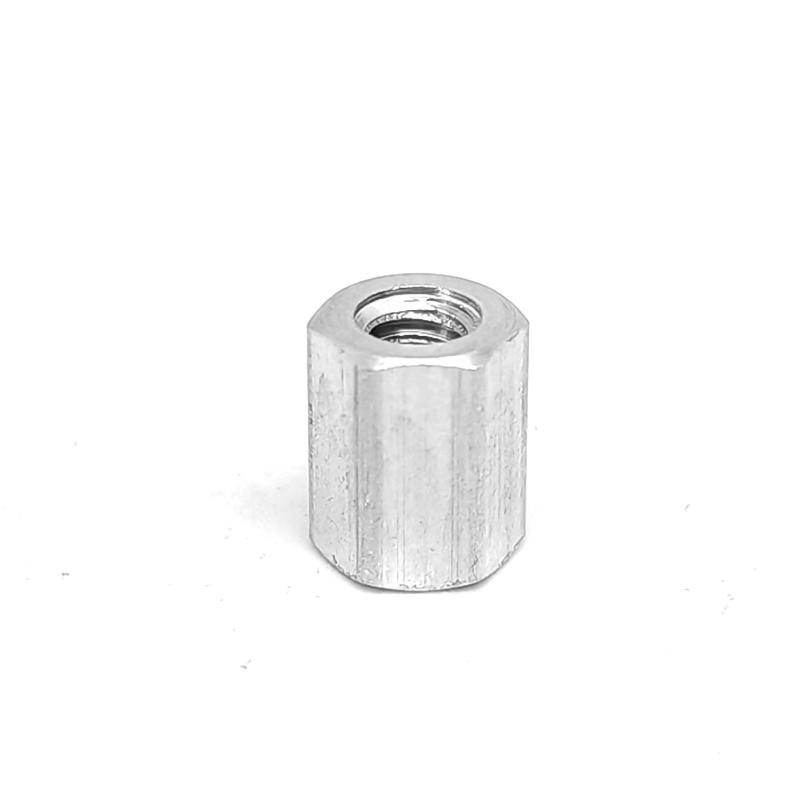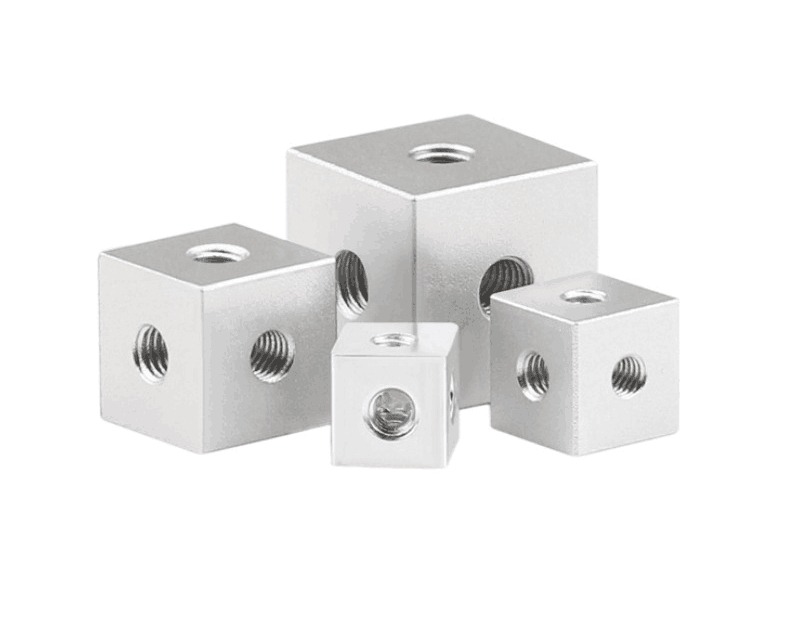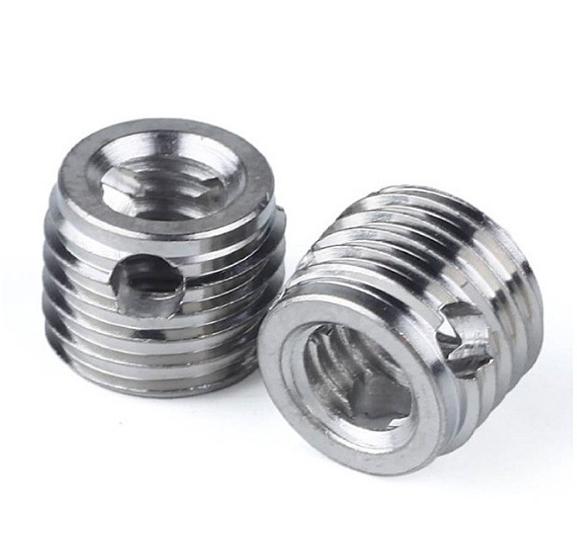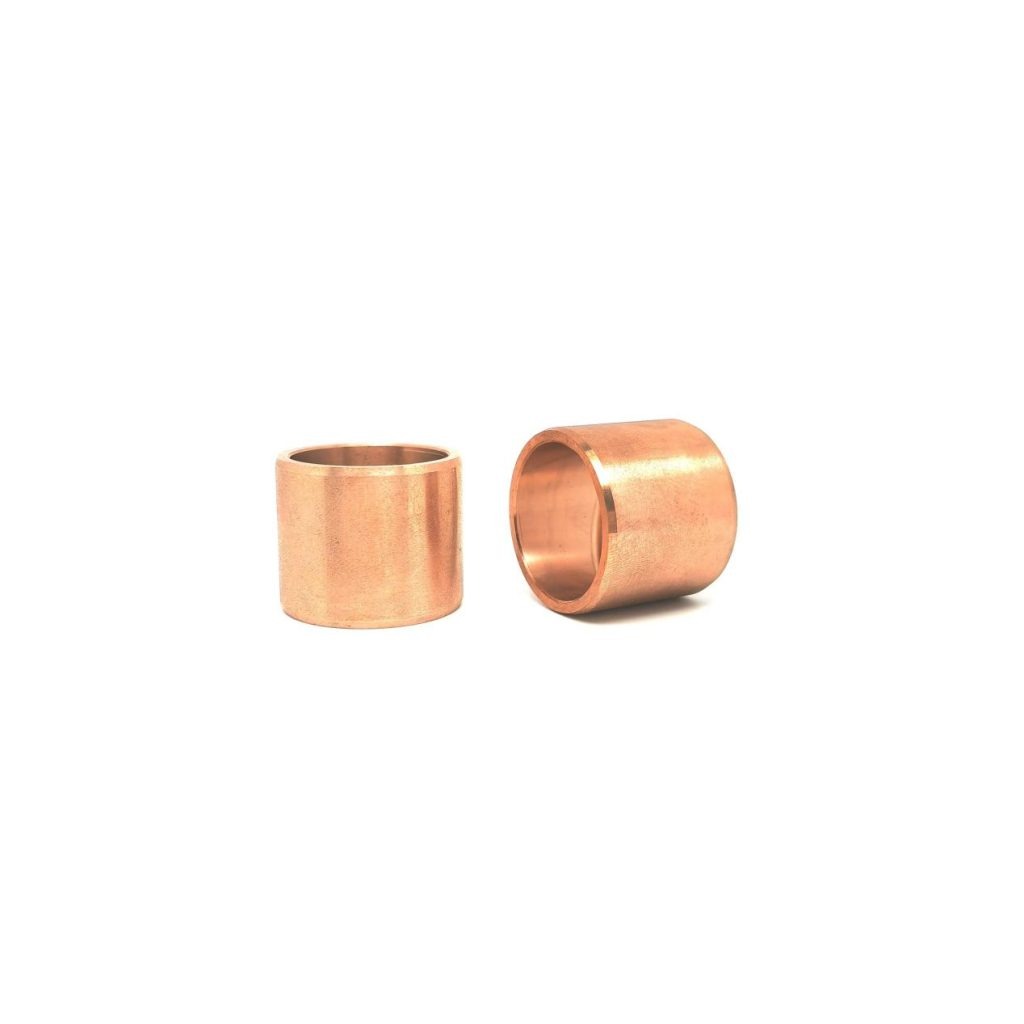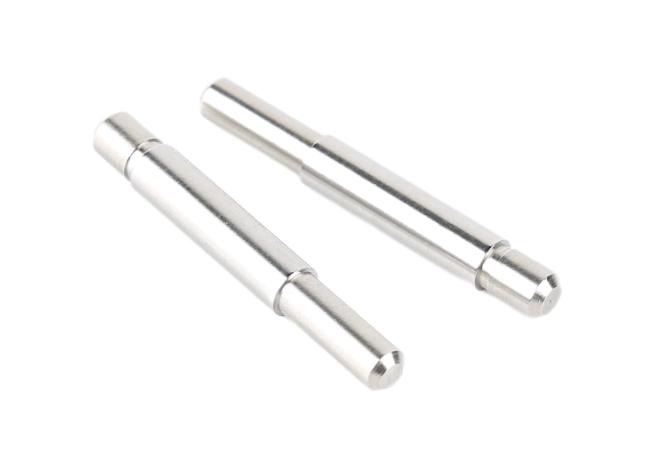How CNC Milling Masters Multi-Sided Parts
CNC (Computer Numerical Control) milling is a widely used machining process in modern manufacturing. It excels at creating complex, multi-sided parts with high precision and efficiency. This article explores the intricacies of CNC milling for multi-sided parts, delving into the process, its advantages, and the exciting advancements shaping its future.
What are Multi-Sided Parts?
Multi-sided parts are exactly what the name suggests: components characterized by multiple machined surfaces. These parts often boast intricate internal and external geometries, including cavities, angled surfaces, and threads. They are prevalent across various industries, including aerospace, automotive, and mold-making. Here’s a closer look at the key features of multi-sided parts:
- Complex Structure: These parts frequently incorporate intricate internal features like cavities and external features like angled surfaces and threads. This complexity necessitates meticulous machining techniques and processes.
- High Precision Requirements: The accuracy of a multi-sided part directly impacts the performance of the final product. Therefore, tight tolerances are crucial during the machining process.
- Material Diversity: Multi-sided parts can be constructed from a wide range of materials, each with its unique machining requirements. Selecting the appropriate machining parameters for the specific material is essential.
- High Machining Difficulty: Due to the complexity of multi-sided parts, aspects like clamping, positioning, and toolpath planning demand careful consideration throughout the machining process.
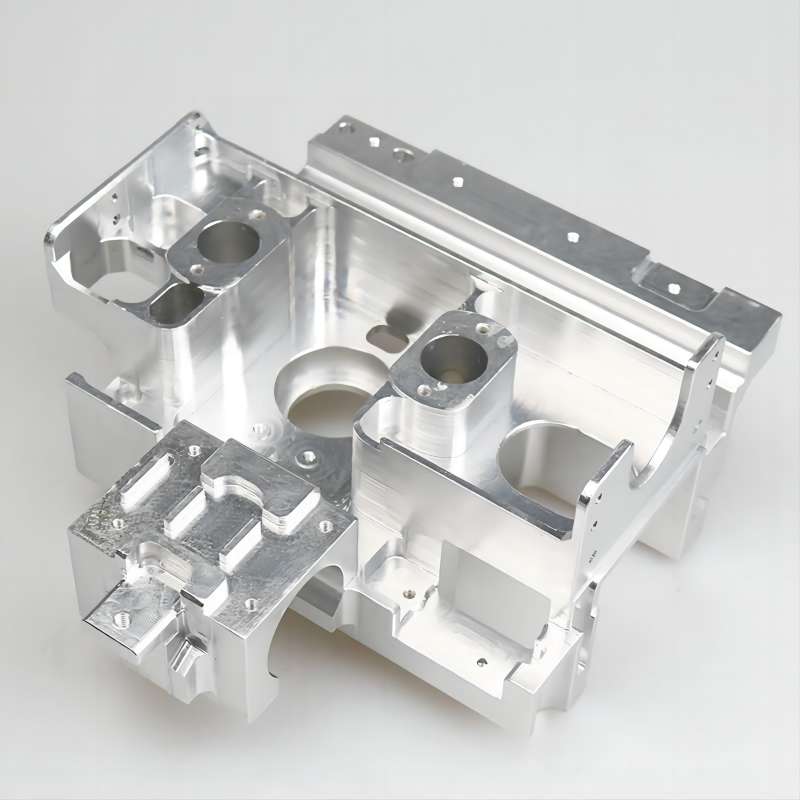
The Process of CNC Milling Multi-Sided Parts
Successful CNC milling of multi-sided parts hinges on a well-defined and meticulously executed process. Here’s a breakdown of the key steps involved:
1. Analysis of Part Drawings:
The first step is to thoroughly inspect the part drawing to understand the dimensional specifications, geometric features, and positional relationships between various machining surfaces. This analysis lays the foundation for subsequent process planning.
2. CNC Programming:
Based on part drawing analysis, CNC programmers generate G-code instructions that indicate the movement of CNC milling machine axes and cutting tools. This programming involves selecting the right cutting tool, defining the cutting parameters (speed, feed rate, and depth of cut), and carefully planning the tool path for each machining operation. Tool path planning ensures efficient material removal while minimizing tool wear.
3. Clamping and Positioning:
The selected fixture system plays a vital role in maintaining the stability of the workpiece and ensuring the precise machining of the entire process. The clamps and fixtures are carefully selected to ensure that the workpiece is in the correct orientation with respect to the cutting tool. This ensures that all machined surfaces are positioned accurately according to the part drawing.
4. Arrangement of Machining Sequence:
For parts that need to be machined on multiple faces, a clearly defined machining sequence is essential. This order determines the order in which different features are processed. When establishing the sequence, factors such as minimizing tool changes, optimizing machining efficiency, and avoiding potential interference between previously machined surfaces need to be considered.
5. Optimization of Cutting Parameters:
Selecting the best cutting parameters, such as spindle speed, feed speed, and depth of cut, is critical to achieving the desired machining results. These parameters are selected according to the material being machined, the type of cutting tool used, and the desired surface finish. Improper parameter selection can lead to excessive tool wear, poor surface quality, and even workpiece damage.
6. Monitoring and Adjustment of Machining Process:
Continuous monitoring of the process is essential to ensure consistent quality and prevent potential problems. This includes checking tool wear, verifying dimensional accuracy, and checking surface finish during machining. Depending on the observations, cutting parameters or tool path strategies may need to be adjusted to maintain optimal performance.
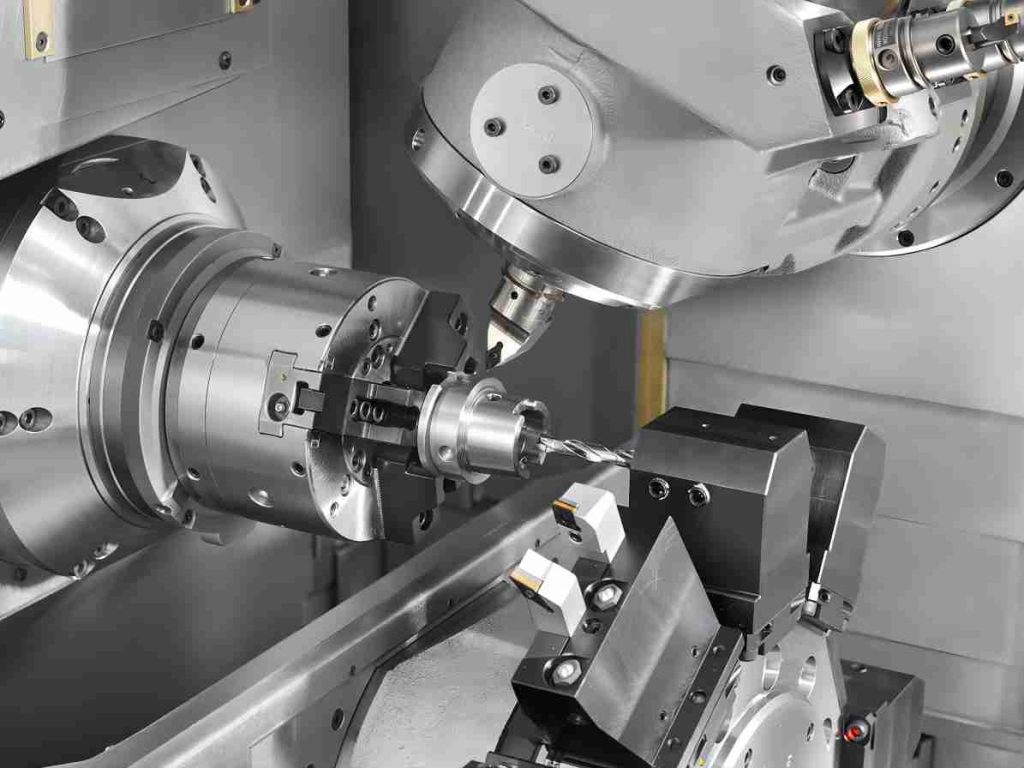
The Advantages of CNC Milling for Multi-Sided Parts
CNC milling has many advantages in machining multi-sided parts and is the method of choice in modern manufacturing environments. Some of the key advantages are detailed below:
- High Precision and High Efficiency: CNC technology can accurately control the motion and cutting parameters of milling machines. This means that by automating multiple machining processes, high-precision machining of parts can be achieved while maintaining efficiency.
- Ability to Process Complex Parts: The versatility of CNC milling enables it to handle a variety of machining tasks, including planes, bevels, grooves, holes, threads, and even complex curved surfaces or bevels. This makes it ideal for complex, multi-faceted parts that can pose challenges to traditional machining methods.
- Processing Flexibility: CNC milling is highly customizable. Programming allows adjustments to be made to suit the specific requirements of different parts, industries, and manufacturing needs. In addition, the ability to complete multiple surface finishes in a single setting reduces the need for multiple clamping and repositioning steps, further increasing efficiency.
- High Degree of Automation: CNC milling is a highly automated process, significantly reducing the need for manual intervention and minimizing the risk of human error. This automation can be further enhanced by incorporating robotic systems for automated loading, unloading, and part clamping. This not only improves production efficiency but also contributes to greater machining consistency.
- Lower Production Costs: While the initial investment in a CNC milling machine might be higher compared to simpler machining tools, its benefits translate to lower production costs in the long run. The extended lifespan of CNC machines, coupled with their low maintenance requirements and ability to reduce reliance on highly skilled labor, contribute to overall cost reduction. Additionally, the high precision and efficiency of CNC milling lead to less material waste and improved product quality, further reducing costs.
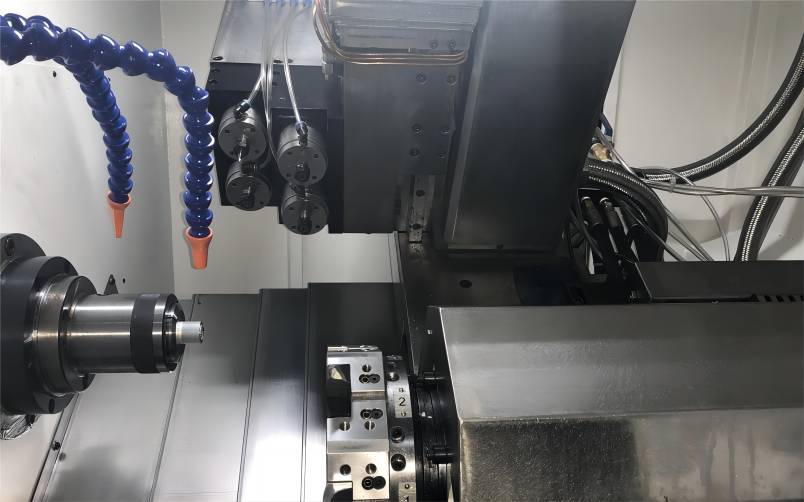
In conclusion, CNC milling has become an indispensable technology for machining complex, multi-sided parts in modern manufacturing environments. With its capabilities for high precision, efficiency, and versatility, CNC milling offers numerous advantages over traditional machining methods. As the technology continues to evolve with advancements in high-speed machining, intelligent manufacturing, fully digital workflows, and ever-increasing precision, CNC milling is certain to play an even more prominent role in shaping the future of manufacturing.

